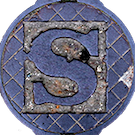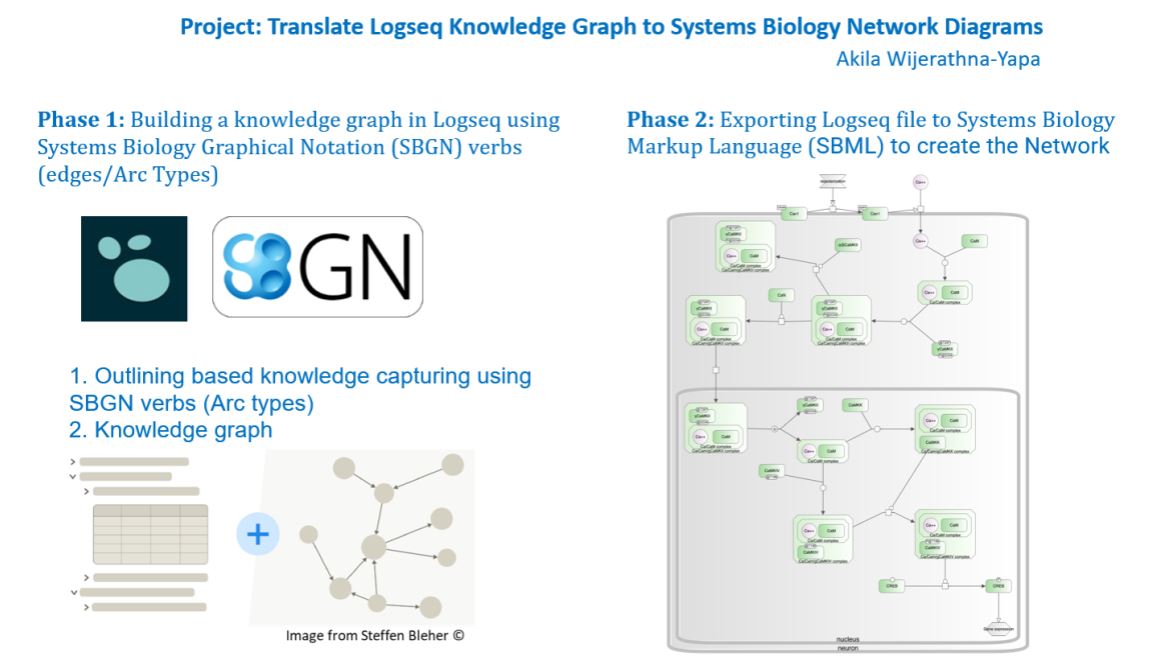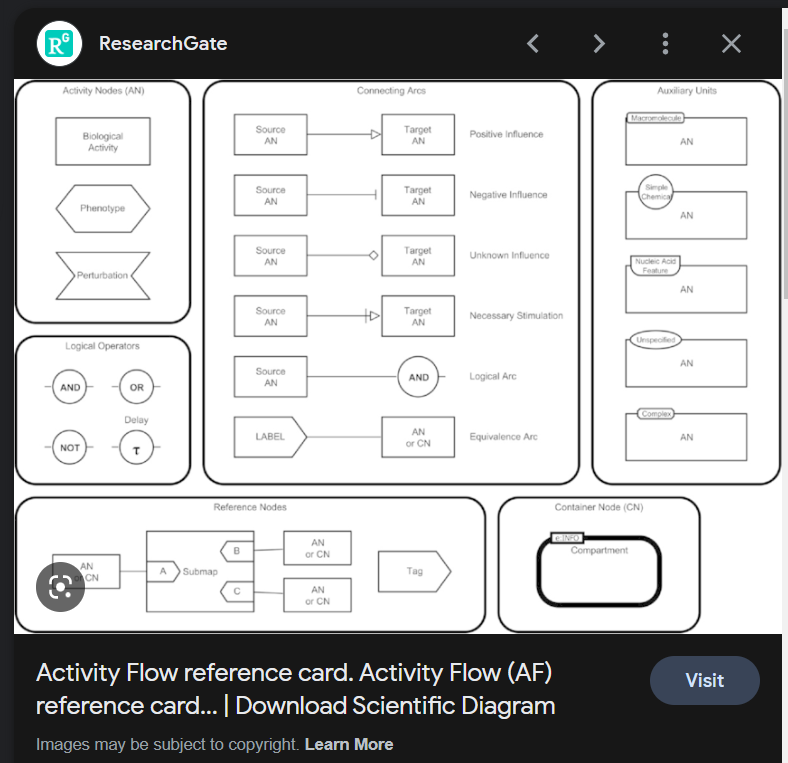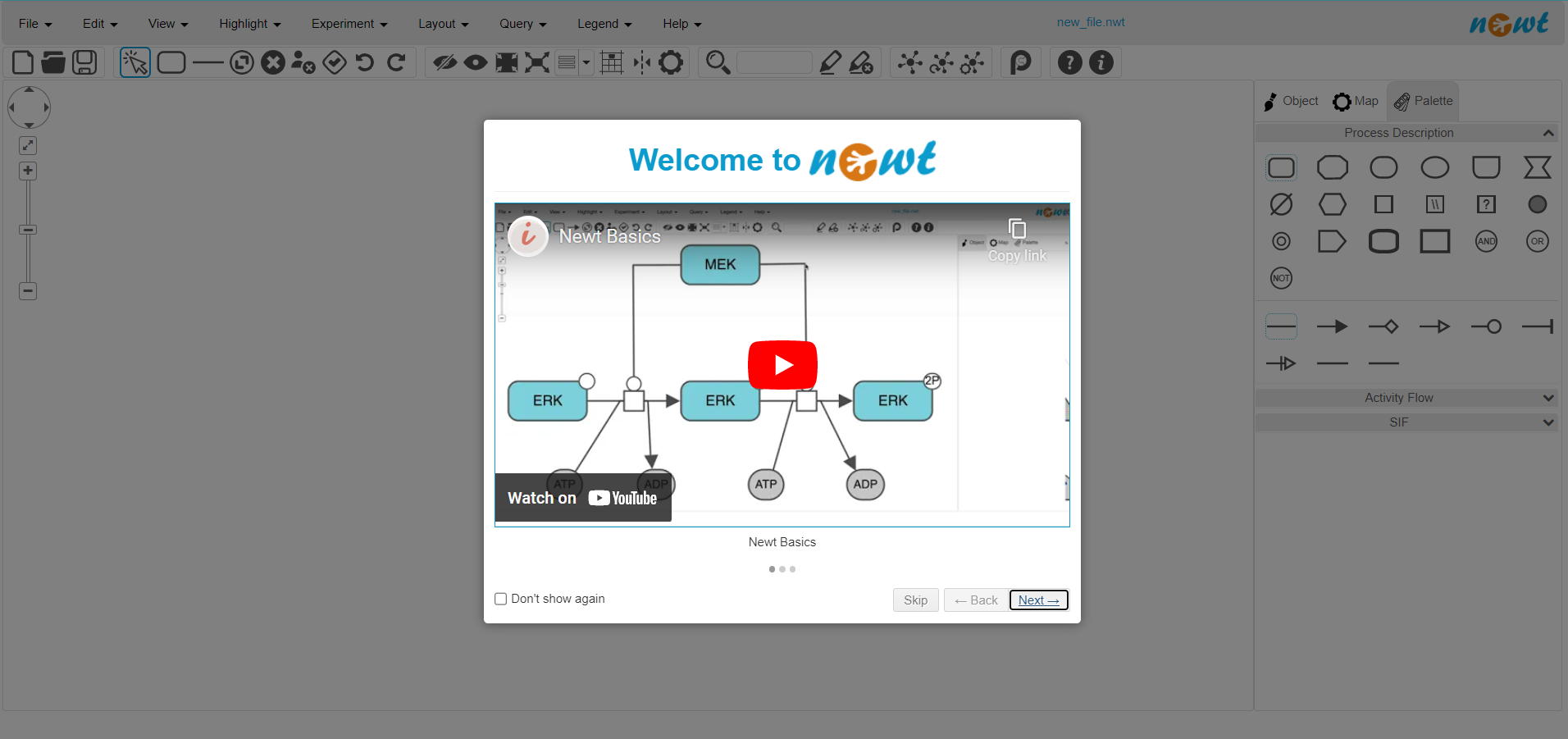Translate Logseq Knowledge Graph to Systems Biology Network Diagrams
| Translate Logseq Knowledge Graph to Systems Biology Network Diagrams | |
|---|---|
| Homepage | |
| Description | Looking at possibilities to generalized knowledge graph in Logseq based on Discourse Graph developed by Prof. Joel Chan and David Vargas for knowledge synthesis, with the possibility to export the information to Systems biology graphical notation markup language to create the network/graph.
|
| Associated Publications | 10.1515/jib-2020-0016, 10.1016/j.tplants.2010.03.005, 10.1002/psp4.12155 |
| Contributors | Akila Wijerathna-Yapa |
We are interested in adopting a modified version of Prof. Joel Chan, and David Varga's discourse graph Roam extension to literature synthesis for our ongoing text-mining project for biological network modeling. Having a knowledge graph in Logseq with its essential sections - Hypothesis, Evidence, and Experimental Results will enable us (researchers) to get insights into knowledge synthesis/biological network modeling.
For the first phase, we look opportunity to create a knowledge graph in Logseq using limited discourse graph features — Hypothesis, Evidence, and Experimental Results, using standardized Bio-ontologies. This will offer a method for formalizing biological knowledge, such as that pertaining to genes, anatomy, and phenotypes, in complicated hierarchies made of concepts and rules. For this we can probably use Systems Biology Graphical Notations (SBGN) based arcs — i.e. SBGN Activity Flow language.
In the second phase, we intend to convert the knowledge network into System Biology Graphical representation using SBGN with an expectation to import the SBGN Biological network into Systems Biology Markup Language (SBML) for downstream computational/mathematical simulations.
The Challenge: Building Knowledge netwok in Logseq and translate into SBGN.
We can write biological statements using SBGN vocabulary (Activity Flow reference card) in Logseq and create knowledge graph. Later we should be able to import these statements to SBGN and create the network model using edge description (Activity Flow reference card) used in the knowledge graph.
At the moment we can do create network manually by Newt Editor webtool.
"Newt is a sample application for the web based library named ChiSE developed to visualize and edit the pathway models represented by process description (PD) and activity flow (AF) languages of SBGN or in simple interaction format (SIF)." https://github.com/iVis-at-Bilkent/newt
Let's say for e.g. we collated information on Logseq about how the glycolysis work, then we manualy draw this on Newt Editor, later we can export the relationships using SBML for simulations. Like the same way we can import SBML files to this website to create network. So ideally what we should work here is how to collate curated information on LogSeq in a way we can export as SBML




